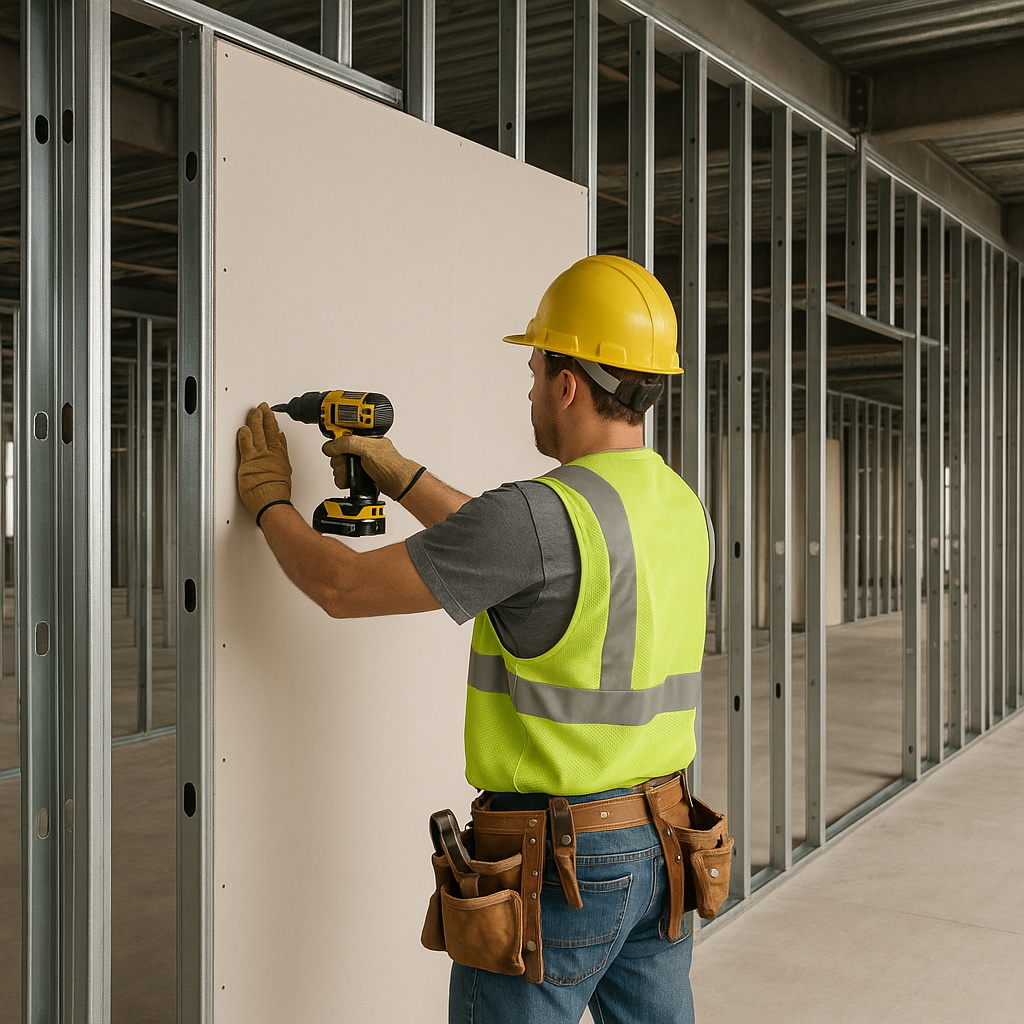
In the construction industry, precise estimating is the backbone of profitable and timely project execution. Yet, even seasoned estimators and advanced tools can fall into the trap of recurring errors that compromise budgets, timelines, and trust. Whether you're an architect, engineer, or general contractor, understanding the most common drywall estimating mistakes—and knowing how to fix them—can drastically improve outcomes and reduce risk.
One of the leading causes of drywall estimating errors is underestimating or misinterpreting the project's scope. Changes in wall types, ceiling heights, or additional architectural features like soffits and bulkheads can significantly affect material and labor requirements.
Estimates built on partial models or unverified inputs often result in inaccurate projections. In many workflows, estimators must manually correct, translate, or interpret the original data before it becomes usable—which introduces inefficiencies and errors.
Subjective inputs—like field conditions, design changes, or contractor preferences—are often excluded from digital models, yet they significantly affect drywall costs. Traditional systems rarely account for these variables, leading to misaligned estimates.
In fast-paced project environments, there’s rarely enough time to perform more than one or two estimating iterations. As a result, early-stage assumptions persist unchecked, and cost projections become outdated quickly.
When estimators work in isolation from the design team, it becomes harder to reconcile the design’s evolution with budget realities. This disconnection often results in takeoffs that are misaligned with current plans.
Estimators often spend days manually tracing drywall components, entering measurements, or comparing model changes across iterations. This repetitive work drains productivity and increases the risk of inconsistencies.
Many firms start from scratch on every new estimate, repeating past mistakes and losing the opportunity to improve. Without a structured way to benchmark against historical performance, even seasoned estimators can struggle to optimize outcomes.
Correcting these common drywall estimating mistakes can transform a company’s competitive edge. By adopting a data-driven approach and streamlining estimating workflows, teams can:
Estimation is no longer a static process but an evolving strategy grounded in data precision and operational agility. Whether you're managing multimillion-dollar hospital projects or regional commercial builds, investing in better tools and workflows ensures you’re not just estimating—but leading with clarity and control.
Active Estimating empowers firms to correct the most common drywall estimating errors by providing a flexible, integrated platform that aligns scope, data, and cost from design to closeout.
Richard Schoener
richard@activeestimating.com
(530) 601-7899
Active Estimating
508 2nd Street, Suite 208
Davis, California 95616
https://www.activeestimating.com/
https://www.activeestimating.com/drywall-estimating-software
Schedule a personalized demo to see how Active Estimating can work for your specific needs.
